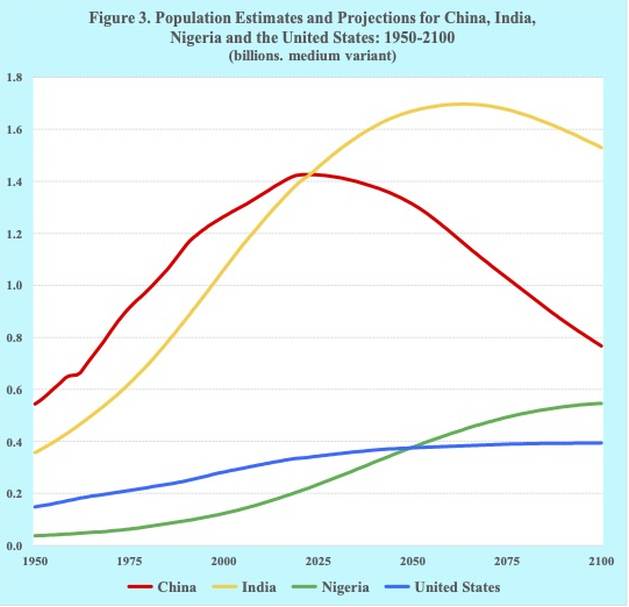Zurich, Switzerland, Nov. 08, 2022 (GLOBE NEWSWIRE) — Hitachi Energy, a global technology leader that is advancing a sustainable energy future for all, today announced it has signed a strategic collaboration agreement with Equinor, one of the world's largest energy companies, to collaborate within electrification, renewable power generation and low–carbon initiatives worldwide.
The agreement underlines both companies' commitment to accelerate the energy transition and advance a more sustainable, flexible and secure energy system. It builds on the two companies' long and successful collaboration over many decades. During that time, Hitachi Energy has provided Equinor with power grid solutions and pioneering technologies on several projects, such as Dogger Bank A, B and C, the world's largest offshore wind farm on completion, and Troll A, the world's first HVDC power–from–shore connection.
Initial areas of focus for the collaboration include developing standardized base designs to be applied for high–voltage direct current (DC) and alternating current (AC) transmission systems to connect offshore wind farms and Equinor production facilities to mainland power grids.
"We are delighted to deepen our longstanding relationship with one of the world's leading energy companies and to help Equinor achieve its ambition of becoming net zero by mid–century," said Niklas Persson, Managing Director of Hitachi Energy's Grid Integration business. "Together we make a strong team that will support the society to reach the goal of the Paris Agreement and create a sustainable energy future for all."
"Hitachi Energy has been a reliable supplier to Equinor for many years. This strategic collaboration agreement is a signal of joint ambitions to increase our competitiveness in the ongoing energy transition. Standardization of technical solutions will be a key to succeed, and we look forward to improving together with Hitachi Energy," said Geir Tungesvik, Executive Vice President for Projects, Drilling and Procurement at Equinor.
The scope of the agreement covers the complete spectrum of Hitachi Energy's portfolio of power grid technologies and solutions. It includes IdentiQTM, Hitachi Energy's digital twin for high–voltage direct current (HVDC) and power quality solutions, which provides significant benefits throughout the assets' plan, build, operate and maintain life cycle; Grid–eXpandTM modular and prefabricated offshore and onshore grid connections that make it faster, simpler and more efficient to connect facilities to the grid; OceaniQTM solutions such as transformers and high–voltage products that can operate flawlessly on land, offshore and below the sea surface; and grid automation solutions that keep onshore and offshore electrical assets operating reliably, safely and securely.
– End –
About Hitachi Energy Ltd.
Hitachi Energy is a global technology leader that is advancing a sustainable energy future for all. We serve customers in the utility, industry and infrastructure sectors with innovative solutions and services across the value chain. Together with customers and partners, we pioneer technologies and enable the digital transformation required to accelerate the energy transition towards a carbon–neutral future. We are advancing the world's energy system to become more sustainable, flexible and secure whilst balancing social, environmental and economic value. Hitachi Energy has a proven track record and unparalleled installed base in more than 140 countries. Headquartered in Switzerland, we employ around 40,000 people in 90 countries and generate business volumes of approximately $10 billion USD.
https://www.linkedin.com/company/hitachienergy
https://twitter.com/HitachiEnergy
About Hitachi, Ltd.
Hitachi drives Social Innovation Business, creating a sustainable society with data and technology. We will solve customers' and society's challenges with Lumada solutions leveraging IT, OT (Operational Technology) and products, under the business structure of Digital Systems & Services, Green Energy & Mobility, Connective Industries and Automotive Systems. Driven by green, digital, and innovation, we aim for growth through collaboration with our customers. The company's consolidated revenues for fiscal year 2021 (ended March 31, 2022) totaled 10,264.6 billion yen ($84,136 million USD), with 853 consolidated subsidiaries and approximately 370,000 employees worldwide. For more information on Hitachi, please visit the company's website at https://www.hitachi.com.
Attachment

GLOBENEWSWIRE (Distribution ID 8691594)








